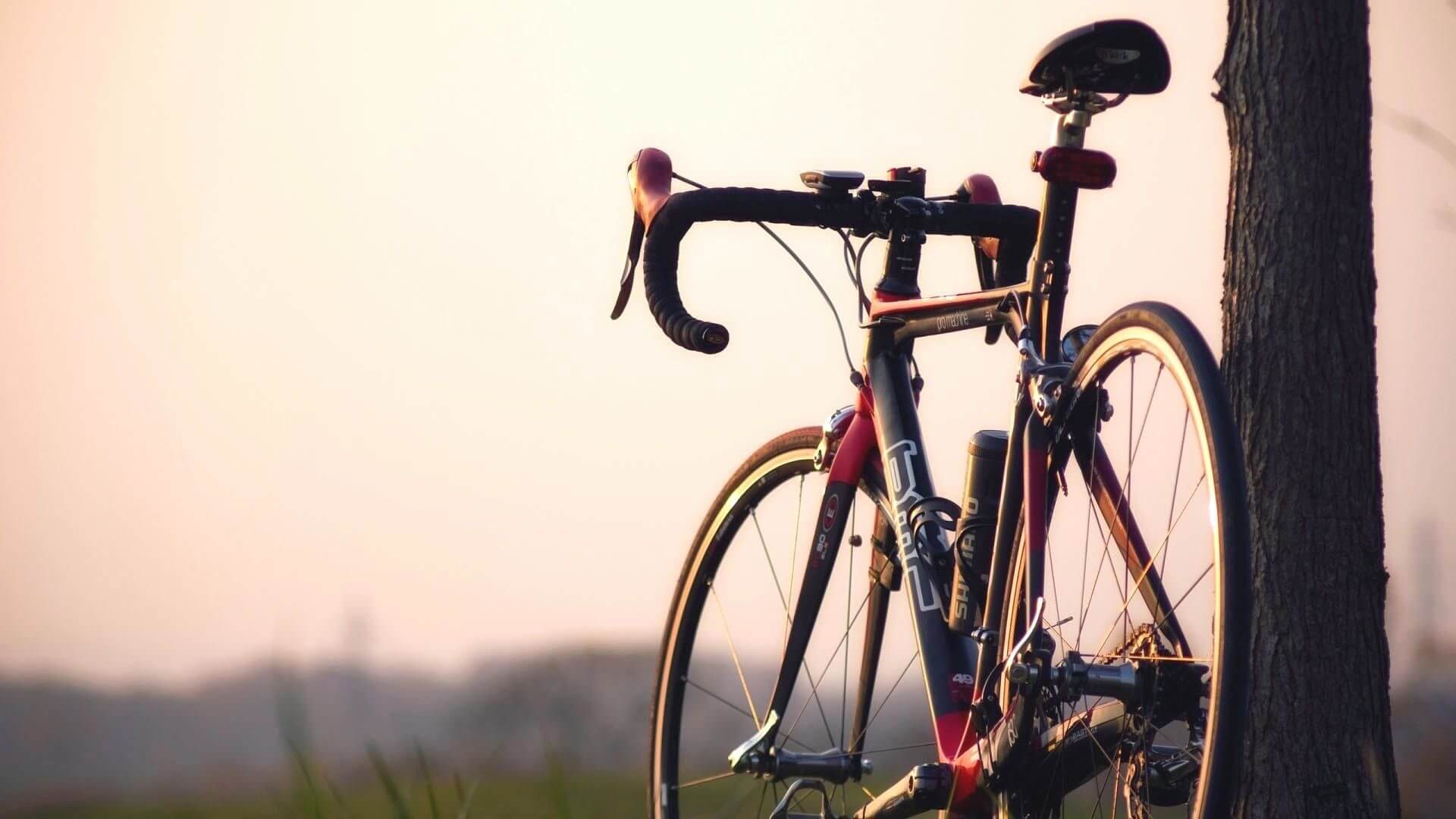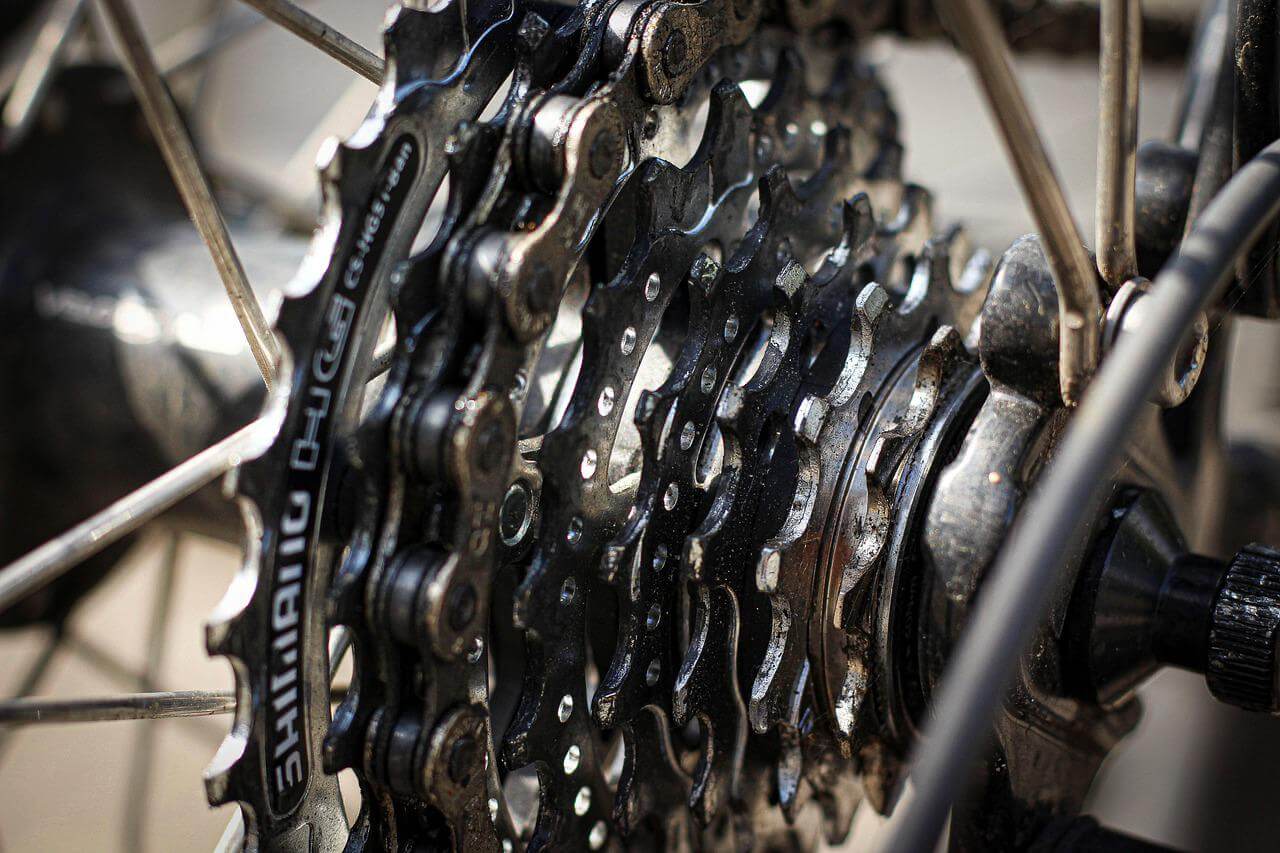[emaillocker][dkpdf-button][/emaillocker]
Cycling in monsoon can be quite scary at times due to the number of potholes and poor visibility. However, taking the right precautions can make riding under terrible conditions safe and enjoyable. But, before you hit the roads, ensure to dress up for the occasion; failing to do so can suck the fun out of your ride.
Read about how to dress for monsoon cycling.
Before cycling in monsoon, start by servicing your bike. This step is essential as it keeps the romantic relation intact between you and your bike. Follow this and you will be ready to take on the rain on the wet tarmac.
Keeping in mind the following monsoon cycling tips before every bike ride will not only make for a safer ride but also a happier one.
Read about Monsoon Bicycle care and maintenance here.
Check the weather:
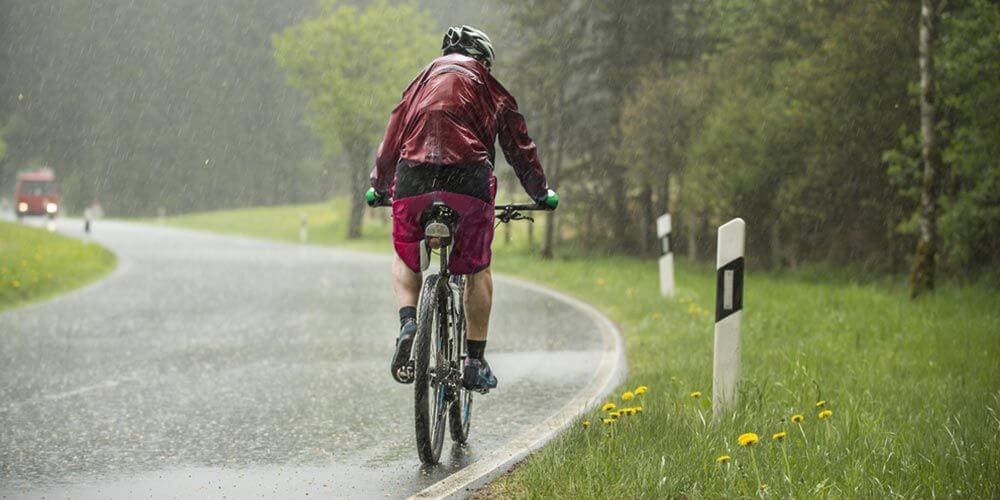
Let’s be clear about one thing, there is no such thing as bad weather. Check the weather predictions before your ride. This will give you an idea of what to expect when you are cycling in monsoon. It will also allow you to be prepared in advance for anything that may come your way during the ride.
Take a buddy along:
Invading the roads in the rains by yourself at any time of the day is not a good idea. The sun is probably on a vacation and it’s always going to be cloudy. In such conditions, you need someone to have your back and help you in a crisis. With the rain pouring down, it is unlikely that a taxi or an auto will give you a ride back home. However, if you have a cycling buddy along, life will be much easier.
Stick to the roads you are familiar with:
Gambling is an addiction, but not when it comes to exploring new terrains on your precious bike. With low visibility and roads full of potholes, no one can guarantee a safe road in India at any time of the year. In our country, people break roads, repair them and repeat the process, sometimes leaving them unattended. Not to mention water logging, an issue that seems to haunt us every year without fail. So do not be surprised if you find your front tyre stuck in one of the open manholes. Hence, stick to the roads you are familiar with.
Keep your eyes wide open:
While cycling in monsoon, the visibility is likely to run low. Hence, consider wearing transparent lenses instead of the usually tinted ones. Keep your eyes and ears open and stay alert, especially at junctions or while taking a turn. Cyclists on Indian roads are not given importance and during the rains, nobody bothers to look any further. Buses, cabs, and rickshaws top the list of vehicles to look out for while cycling as they all fight for a first place that has no prize. Besides, go easy on the corners and look out for gravel, crushed pieces of glass and other things.
Brake before you break:
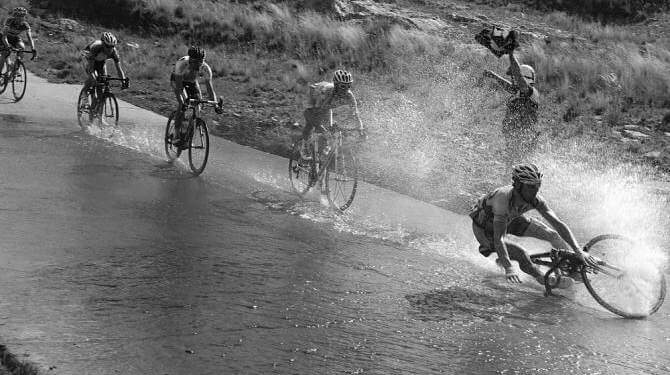
Everyone must be familiar with this conundrum. During monsoons, cyclist lose close to 30% braking power due to the wet rims and brake pads. In case you have to slow down or halt, brake a little earlier than you normally do.
Keep safe distance from other riders and cars:
When your brakes are not working at optimum efficiency and the number of potholes keeps increasing, ensure you keep a safe distance from other riders and cars. This will help you stay alert and avoid potholes or vehicles that halt suddenly.
Reduce tire pressure:
When the roads are wet, keeping the tire stuck to the ground can be a very difficult task. With less friction between the tarmac and the tire, consider reducing pressure by at least 10 – 15 psi. This drop will help increase the lost traction and make cornering better.
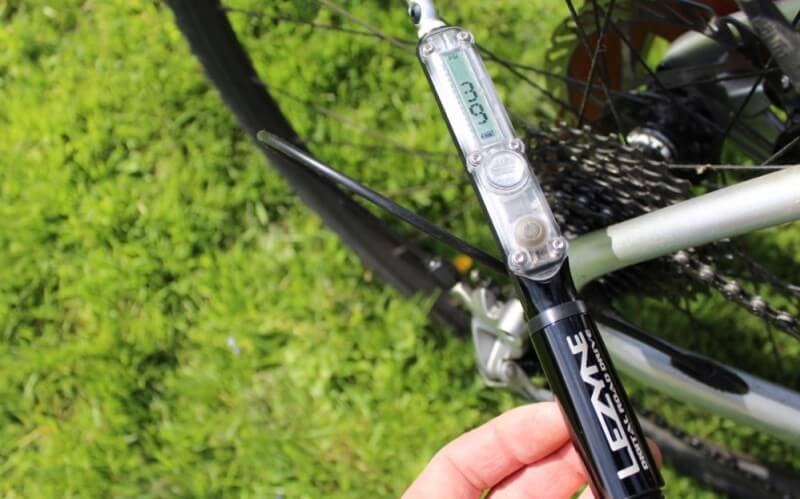
Learn to Whistle:
With the noisy traffic, windows rolled up or on the highway with heavy winds, screaming your lungs out when your already grasping for air cannot be a good idea at the cars. Learn the art of whistling or keep a whistle that can be easily accessed at any given time. This could also be used for your regular rides.
Carry your phone:
This might sound silly, but technology is your best friend in times of emergencies. When deciding to invade the roads alone, a mobile phone can come in handy. So put it in a nice transparent plastic bag and you are good to go.
Money and ID proof:
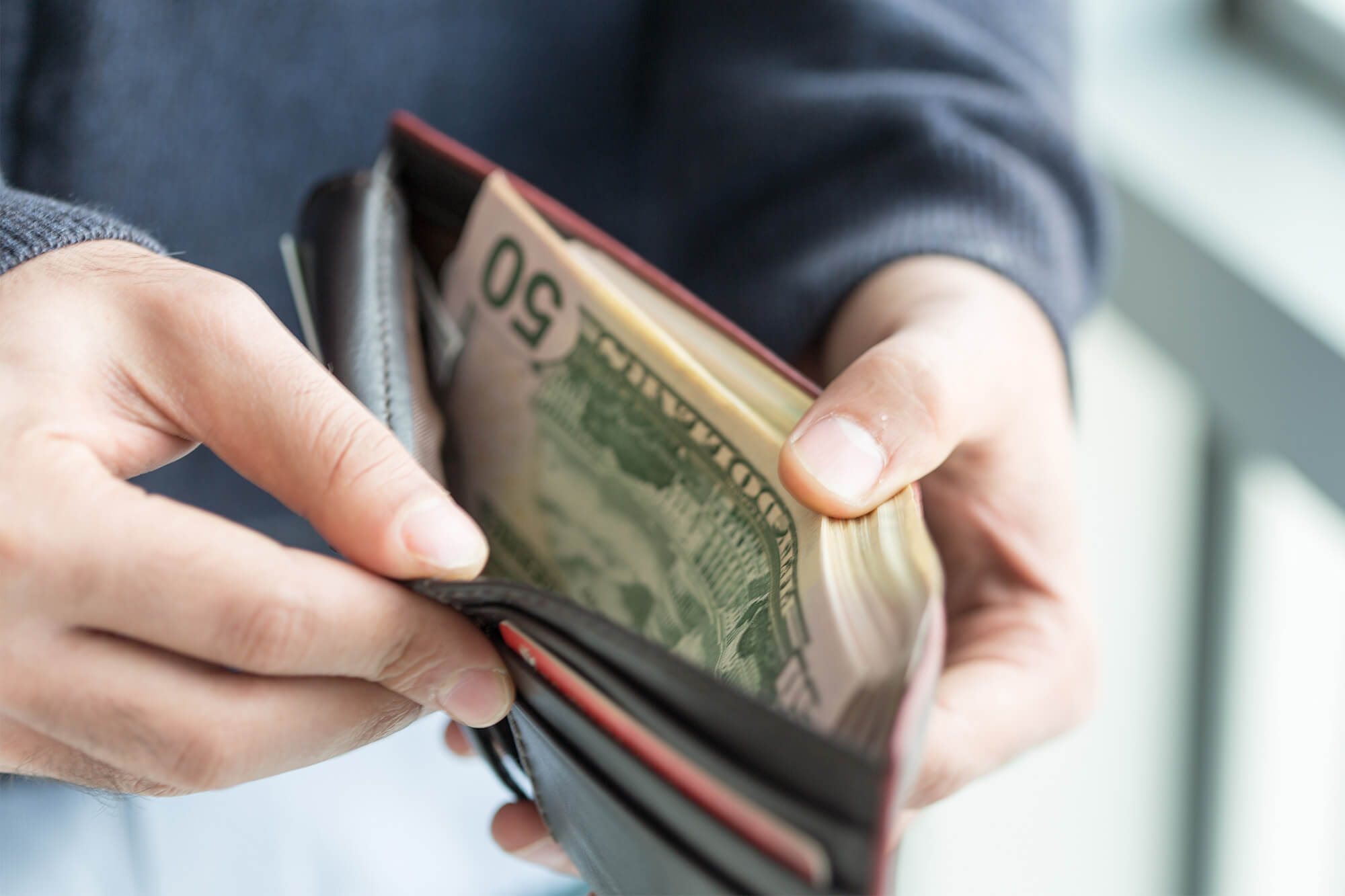
Always carry money, no matter where you are going. You might run out of water or face other issues. While the bicycle ride makes you happy, money can act as a catalyst. Besides, carrying an ID is a must. In the case of an emergency in an unknown place, having an ID can be very helpful to inform your loved ones.
Carry spare tubes and not puncture kits:
During monsoons, pinch flats and punctures are right around the corner waiting to make your life difficult. Carrying a puncture kit and trying to fix it in the rain can be frustrating. So why to waste time when you can simply carry extra tubes and change it.
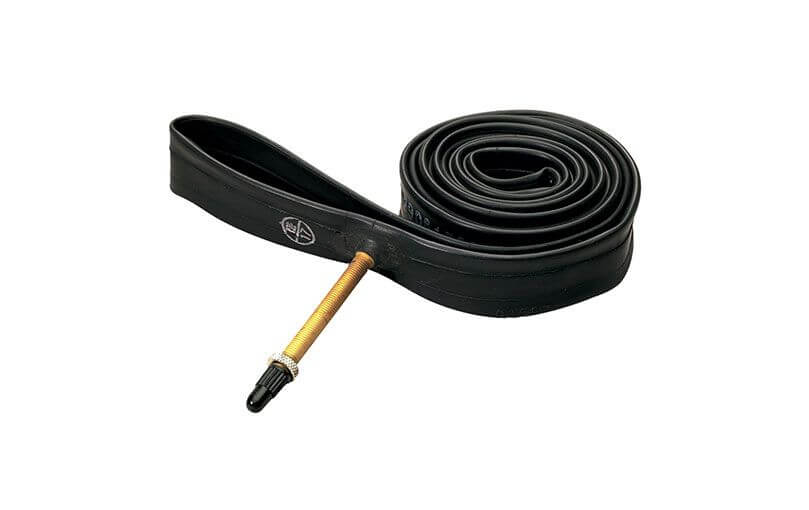
Use gestures as much as possible:
When riding in heavy traffic or even in twos, fours or a larger group, hand gestures can be a lifesaver. Spend as much time as possible with your buddies, get innovative and come up with your own gestures. Make it exciting and leave people wondering what any of those gestures meant. As long as your buddy understands the sign, you will surely have a safe and fun ride.
Attend our Bicycle Assessment Workshop:

Every now and then, it is a good practice to check your bicycle for signs of damage. A worn out bicycle chain, overused brake pads, headset & wheel play, worn out cables, seized bolts could cost you a lot of money if not checked and replaced/serviced at the right time.
With this workshop, you will be able to assess your bike that will help you save money in the long run.
To attend the workshop, register here.
If you think we have missed something do comment below and let us know about cycling in monsoon☺
Editor: Nigel Buthello



